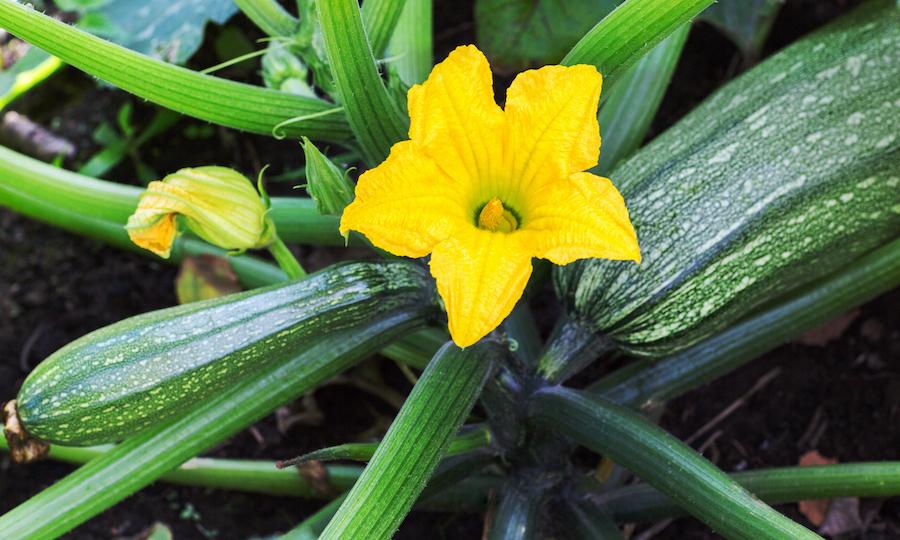The zucchini is an underestimated nutritional treasure.
The peak harvesting season for this delicious member of the gourd family in the Northern Hemisphere is from May to August. When harvested correctly, zucchini (Cucurbita pepo) is dark green and has firm fruit. Although most people think of it as a summer vegetable, it is, indeed, a fruit.






